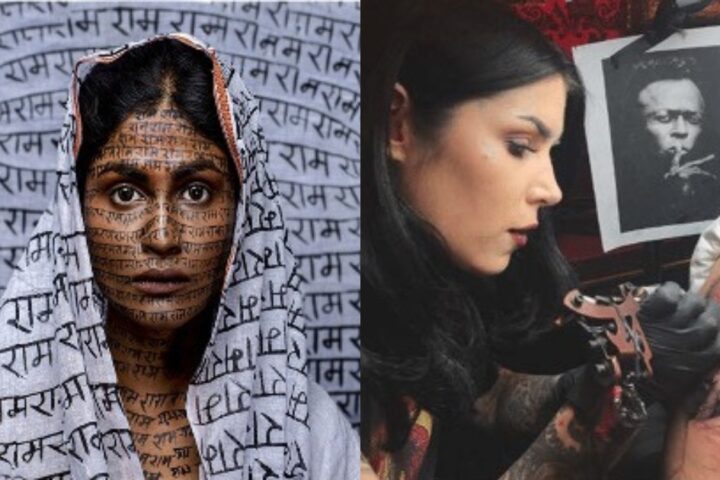Often, mega fashion houses get inspired by traditional designs and cultural expressions. These fashion brands then try to replicate similar designs and sell them at exorbitant prices without giving any acknowledgement to the traditional society from whom the inspiration is drawn.
Cultural appropriation is harmful as it reinforces stereotypes and causes a power imbalance wherein most of those who are at a loss are from Third world countries and indigenous tribes. No acknowledgement or compensation is given by the global brands that have derived their designs from local artisans and customs.
The following are some of the most infamous instances of cultural appropriation within the fashion industry.
- Noose-style Necklace by Givenchy
Givenchy, the French fashion house was heavily criticised when its models walked the Paris Fashion Week Show wearing noose-shaped necklaces. Many condemned the necklace and stated that “suicide is not fashion”.
A similar controversial row had erupted in the year 2019 when Burberry had released a hoodie with a neck noose. It became popularly known as the ‘suicide hoodie’. The neck noose has connotations of suicide and slavery.
- Resort 2020 by Carolina Herrera
The Resort 2020 fashion line’s label was “take on the playful and colourful mood of a Latin holiday”.The Mexican culture minister, Alejandra Frausto wrote to Carolina Herrera, the Venezuelan fashion designer and accused her of theft. The Mexican government claimed that one of the embroideries was taken from the Tenango de Doria community while two of the other dresses had impressions of the traditional Saltillo shawls based in Coahuila state.
- ‘Indy Turban’ by Gucci
Gucci showcased its “Indy Full Turban” in the 2018 fall runway show. White models wore the turban as an accessory. It was immediately criticised as the headscarf is an integral part of the Sikh religion. Moreover, Gucci had priced the turbans for a whopping sum of USD 790.
Gucci failed to realize that members from the Sikh community often times face racial violence for wearing such a turban.
- ‘Chandelier Hair Clip’ by ASOS
The ‘tikka’ is a traditional and religious head jewellery in the South Asian communities, particularly in India. It is also commonly called as ‘bindi’ or ‘tikli’. ASOS, the U.K. based fashion company was heavily criticised when they started to sell the ‘tikka’ on their website by calling it a ‘Chandelier Hair Clip’. Many users took to social media and called out ASOS. Shortly after, the ‘hair clip’ was not available on their website and they issued a public apology.
- Native American-Inspired look by Victoria’s Secret
At the annual fashion show of Victoria’s Secret in 2012, model Karlie Kloss walked the runway wearing a feathered headdress with suede fringe and leopard-print lingerie as a way of representing Thanksgiving. The feather is symbolic to the Native-Americans.
This angered communities and Victoria’s Secret was accused of being indifferent towards the indigenous people’s values and genocide.
After heavy backlash, Victoria’s Secret issued an apology and so did Karlie Kloss.
A similar instance had occurred back in 2010 when Victoria’s Secret models covered their bodies with black lines which were similar to indigenous body art. The female models donned animal print lingerie and the men wore sarongs.
The Way Forward-
Fashion houses can collaborate with local artisans and give them credit and acknowledgement along with a share of the profits. This will help the local communities which often time live below poverty.
Intellectual Property Rights can act as an effective tool to combat cultural appropriation by ensuring adequate protection and a legal recourse. Geographical Indication, Trademarks and Copyrights are some of the commonly used IPs in the fashion industry. Geographical Indication is really helpful for small artisans and tribal communities as it prevents third parties from producing their designs and artwork.










